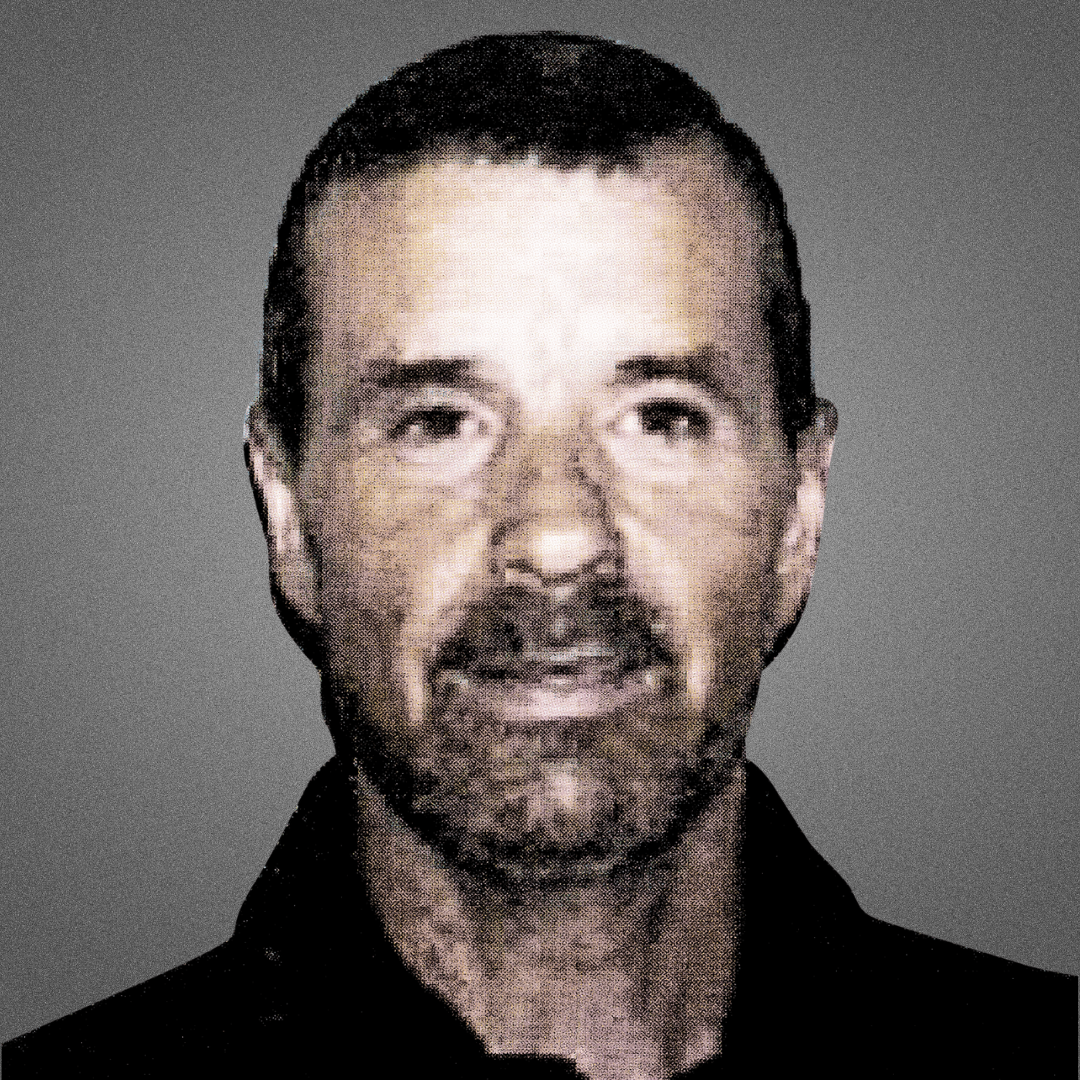
b: 1950
Gérald Gallant
Summary
Name:
Gérald GallantYears Active:
1978 - 2003Birth:
May 05, 1950Status:
ImprisonedClass:
Serial KillerVictims:
28Method:
Shooting / BludgeoningNationality:
Canada
b: 1950
Gérald Gallant
Summary: Serial Killer
Name:
Gérald GallantStatus:
ImprisonedVictims:
28Method:
Shooting / BludgeoningNationality:
CanadaBirth:
May 05, 1950Years Active:
1978 - 2003Date Convicted:
March 31, 2009bio
Gérald Gallant was born on May 5, 1950, in the borough of Chicoutimi in Saguenay, Quebec. He was the fourth of five children in a deeply dysfunctional household. His mother was abusive both physically and psychologically, while his father was quiet and passive. Gallant witnessed his mother’s repeated affairs, which deeply impacted him. He developed a stutter, suffered from a heart condition and rheumatism, and was often ridiculed by his family. A polygraph test later revealed he considered his childhood the most traumatic experience of his life.
Gallant dropped out of school in fifth grade and drifted toward petty crime as a teenager. He joined a local gang called the Cossacks and committed break-ins, mainly targeting stores for cigarettes to resell. Though he held a few short-term jobs, Gallant falsified his age to obtain a driver’s license at 18 — an early sign of his willingness to manipulate the system.
His first jail sentence came in 1969 for theft, followed by a series of increasingly serious crimes. After serving time, he joined a group of bank robbers and was arrested just 59 days after release. A failed jewelry store robbery in 1973 led to a confrontation with an accomplice, Gilles Côté, who tried to kill him in jail. Gallant retaliated by exposing Côté as a snitch, escalating his violent, survivalist nature.
During one of his many stints in prison, Gallant met key figures in the criminal underworld, including Raymond Desfossés of the West End Gang. By the time of his parole in 1978, Gallant had fully immersed himself in the life of crime, working odd jobs only as a front. He moved into a mobile home in Port-Cartier with his wife and son, while secretly operating a hashish trafficking network.
murder story
Gérald Gallant committed his first murder on December 28, 1978, helping a fellow ex-con kill Gilles Legris, a bar employee accused of assaulting a woman. Legris was bludgeoned to death with iron bars and dumped from a dam. That act opened the door for Gallant to start accepting contracts from organized crime figures, especially Desfossés, who would later become his main employer.
His signature method was clinical: public shootings to the head or chest, executed with precision. On January 30, 1980, Gallant shot drug dealer Louis Desjardins in the head at his garage. He disposed of the body with the help of his brother-in-law. From then on, Gallant accepted hits roughly every two years, collecting $10,000 to $12,000 per job. He often worked with accomplices like Gérard “Maggy” Hubert and Philippe Côte.
Gallant’s double life was chilling — he was both a killer-for-hire and a paid police informant. For years, he fed the Sûreté du Québec intel on drug networks while continuing to assassinate rivals and targets for the West End Gang and others. He was meticulous, sometimes rejecting a hit if a child was present. Despite this twisted code of ethics, he left dozens dead, including rivals, debtors, and informants.
He became especially active during the Quebec Biker War (1994–2002), a deadly conflict between the Hells Angels and Rock Machine. Gallant took contracts from the Rock Machine and the Montreal Mafia, killing Hells Angels and associates in restaurants, bars, homes, and even in public streets. In one failed assassination attempt in 1997, he shot Hells Angels leader Louis “Mélou” Roy but ran out of bullets before finishing the job. Roy survived.
Gallant was so confident that he routinely stalked his targets for days, sometimes weeks, mapping their routines and escape routes. His favorite tools were a .357 Magnum, stolen license plates, and disguises — including one hit where Hubert dressed as a woman.
His accomplice and mistress, Jacqueline Benoît, helped him stake out victims. She also provided logistical support and drove him to several murders. In one of their joint hits, Gallant mistakenly killed a private detective, Luc Bergeron, thinking he was a Hells Angel. Despite the error, Gallant was still paid for the job.
Eventually, Gallant was offered $250,000 to kill Maurice “Mom” Boucher, the leader of the Hells Angels in Quebec. He scoped out Boucher closely but aborted the mission due to heavy police presence. In another high-profile shooting in 2000, Gallant and Hubert gunned down Hells Angels associate Robert Savard at a restaurant, injuring others, including a waitress who later became a vocal anti-gang advocate.
Gallant’s downfall began in 2001 after he botched another job — mistaking an innocent bar manager, Yvon Daigneault, for his actual target. He left a beer bottle behind, and his DNA was found. This launched Project Baladeur, a sweeping investigation that uncovered his murder spree.
On May 5, 2006, Gallant was arrested in Geneva, Switzerland, for credit card fraud. He had been living in hiding, selling fake luxury watches and using forged cards. Canadian authorities extradited him and secured a confession during interrogation. In March 2009, Gallant pleaded guilty to 27 murders and 12 attempted murders, receiving 48 life sentences with no parole eligibility until 2033.
His cooperation helped police arrest 11 co-conspirators, including Desfossés, Fred Faucher, and Marcel Demers. Gallant became one of the most prolific known killers in Canadian history — not just for his staggering body count, but for the double life he led as both murderer and informant.
His story was later chronicled in the 2015 book Gallant: Confessions d’un tueur à gages, and adapted into the 2021 film Confessions of a Hitman.